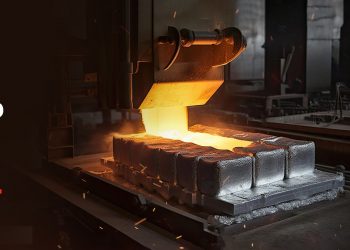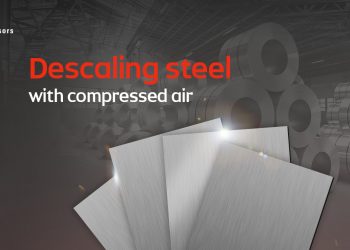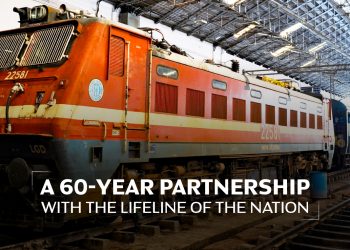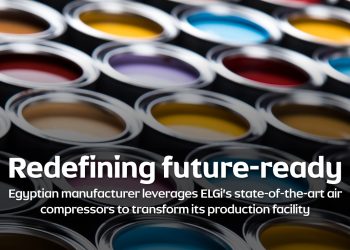Safety first, for the Indian Railways
The lifeline for many, the Indian railway network is powered by compressed air!
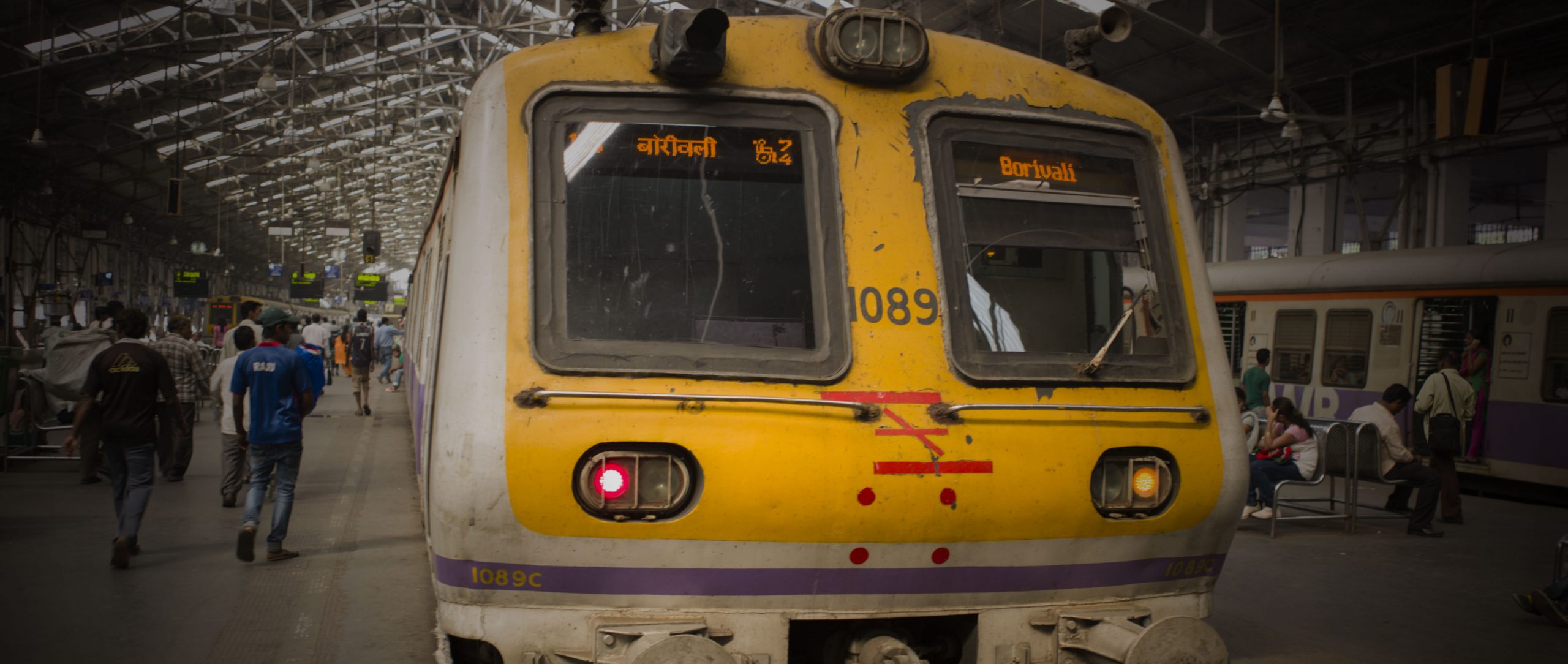
As one of the 7.5 million commuters of the local trains in India, it is astounding to witness the approach and departure of one such marvel from a busy station. The livelihood of millions and the lifeline for so many more, this transformational journey of the Indian Railways can be attributed towards the adoption of innovative technologies that continue to happen to this day.
What started as a momentous journey of a single train, laden with fourteen carriages and 400 people on board, on 16th April 1853; is now the largest monopolized railway network in the world! The Indian Railways is organised into 16 zones, each covering a geographical area of 4,000 to 11,000 route kilometres. With over 63,000 route kilometres in total and more than 7,000 stations, the Indian Railways runs more than 20,000 passenger trains daily, across India.
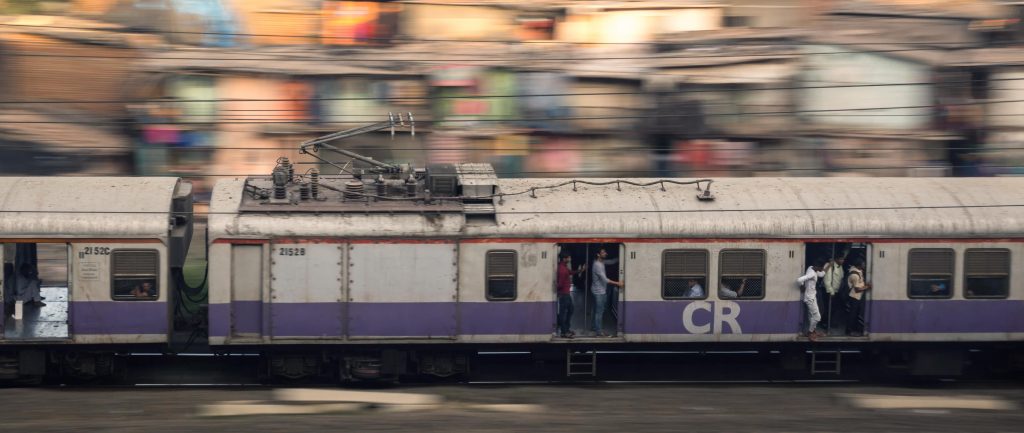
Rapid strides, marked by technological innovation and collaboration, were driven by Build Operate Transfer (BOT) projects, Public Private Partnerships and Joint ventures. The Konkan Railway Project, a 760 km, eight-year project in participation with the governments of Maharashtra, Goa, and Karnataka; being the first such collaboration, started way back in 1990.
The Indian Railways made a breakthrough with the design and development of technology for electric locomotives: the dynamic and regenerative braking system. It is said that this new technology could save locomotives from wear and tear as it reduces friction.
An interesting feature of the regenerative braking system is that it uses the energy generated by the motor of the locomotives. With this regenerative braking system, the Indian Railways can save up to 10 percent on electricity expenses with annual savings of around Rs. 6,000 million!
The journey ahead for the Indian Railways is today, in collaboration with companies like Elgi Equipments.
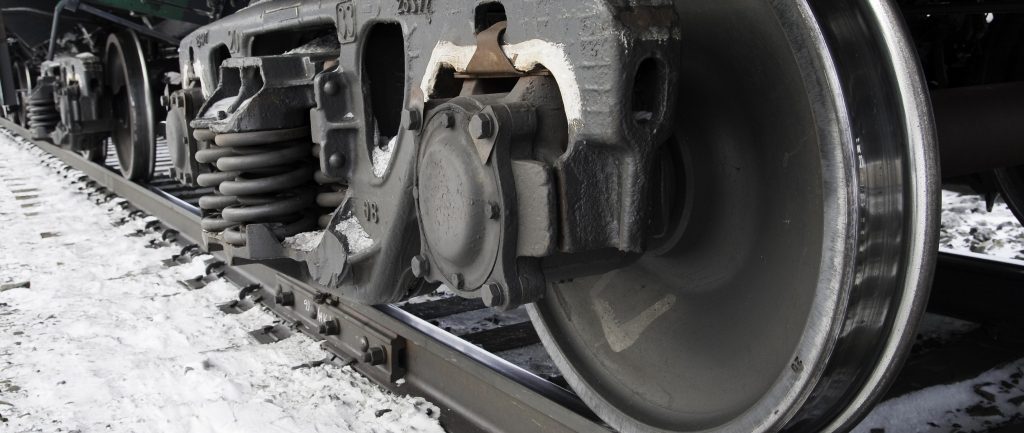
The Railways has been ELGI’s single largest customer for over three decades. Almost 90 percent of the electric locomotives, 65 percent of diesel locomotives and 60 percent of EMUs use ELGI air compressors for their braking applications.
From improvements in design, to delivering efficient customer services, the Indian Railways is undoubtedly modern, constantly evolving over time with shorter deliveries and has better inventory control and reduced purchase cost. Engineered to be the best, the passenger always comes first.
ELGi’s dynamic braking system is widely used in the locomotive industry, both in India and abroad. To learn more about air compressors and related products that ELGi offers, visit our website at elgi.com

